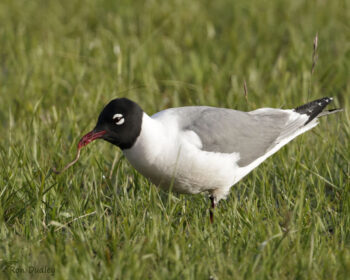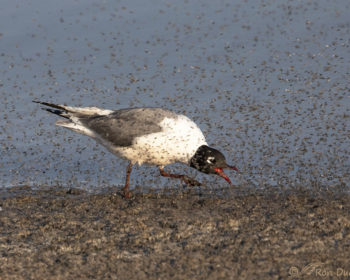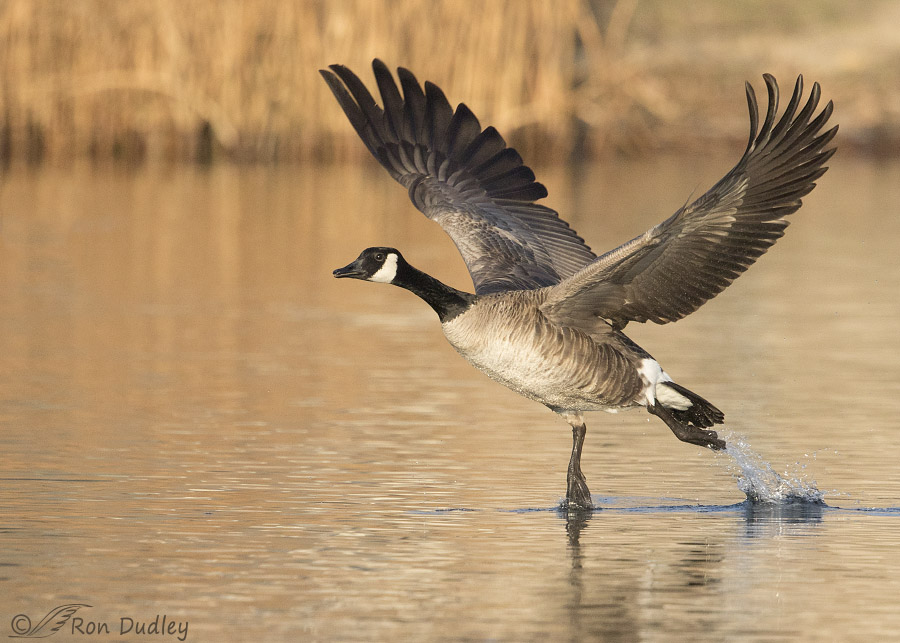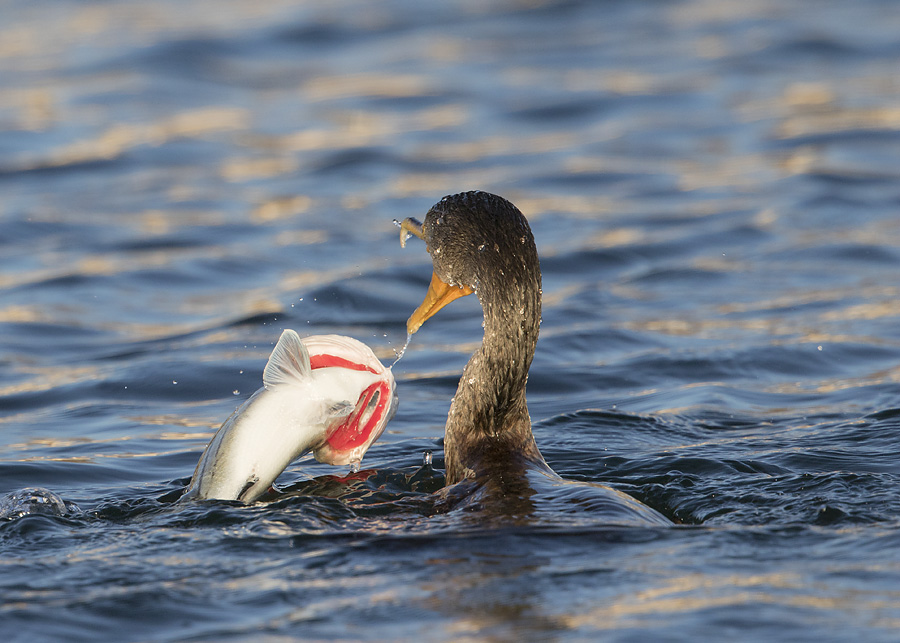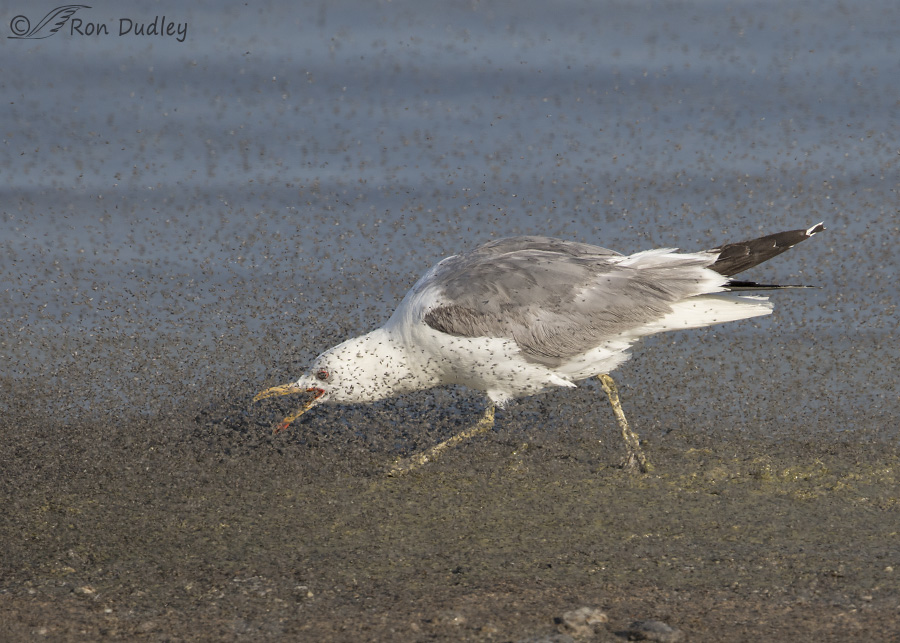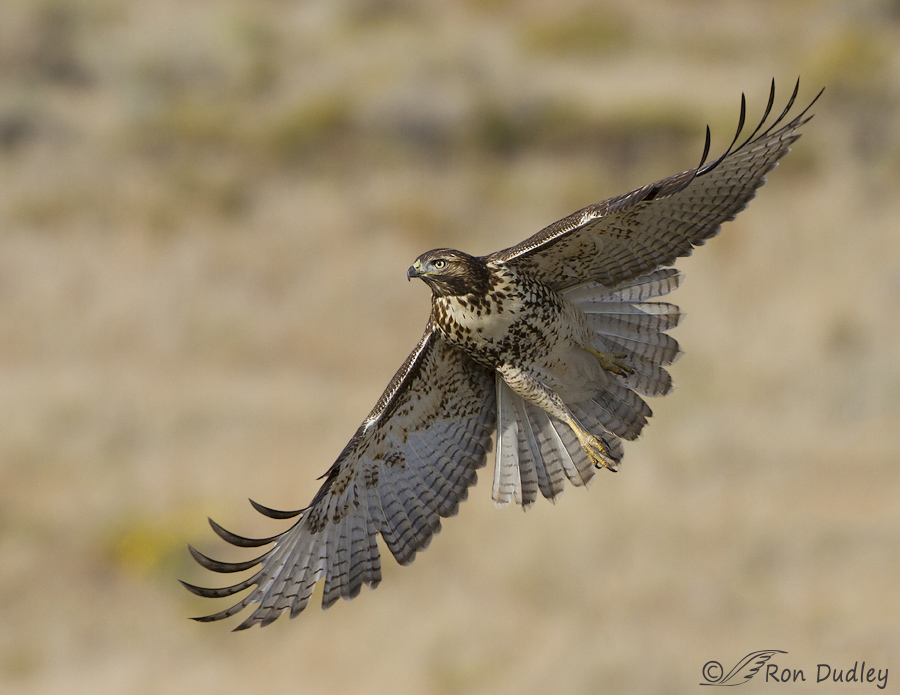Tag: california gull
A Centennial Valley Mystery Solved (probably)
The Antelope Island Brine Fly Feeding Frenzy Is In Full Swing
Canada Goose Running On Water (including differing perspectives)
A Drama And A Mystery Involving Cormorants, Gulls And A Hapless Fish
Gulls, Brine Flies, Spiders And Robert Kirby
Some Pet Peeves Regarding Birds And Terminology
Brine Fly Feeding Frenzy at the Great Salt Lake
The Great Salt Lake in northern Utah is a vital resource for many of North America’s birds. The lake is 75 miles long, 30 miles wide and has 1680 square miles of surface area and 335 miles of shoreline. Surrounding the lake are 400,000 acres of wetlands. Roughly 5 million birds of 257 species rely on the lake and those wetlands for food, sanctuary, breeding and as a migratory stopover. And one of the primary reasons the lake is such an asset for them is the endemic brine fly, Ephydra hians. Brine flies can be intimidating because of their massive numbers but they are truly innocuous. They are found only within a few feet of the shore, they don’t bite and won’t even land on humans. And they’re a huge nutritional resource for birds. In the photo above, the blurry brown bits in the background are brine flies in flight that have been stirred up by the feeding California Gull. Different bird species have varying feeding methods with these flies – this species often stakes out a few feet of feeding territory on the shoreline and then rushes through the hordes of flies on the sand, stirring them up, and then snaps them out of the air in large numbers. This bird is looking down the shoreline and preparing for its next run on the flies. Most of the flies are resting on the sand until the bird makes its run. As the gull rushes along the shoreline the flies are disturbed into the air and the bird snaps…



